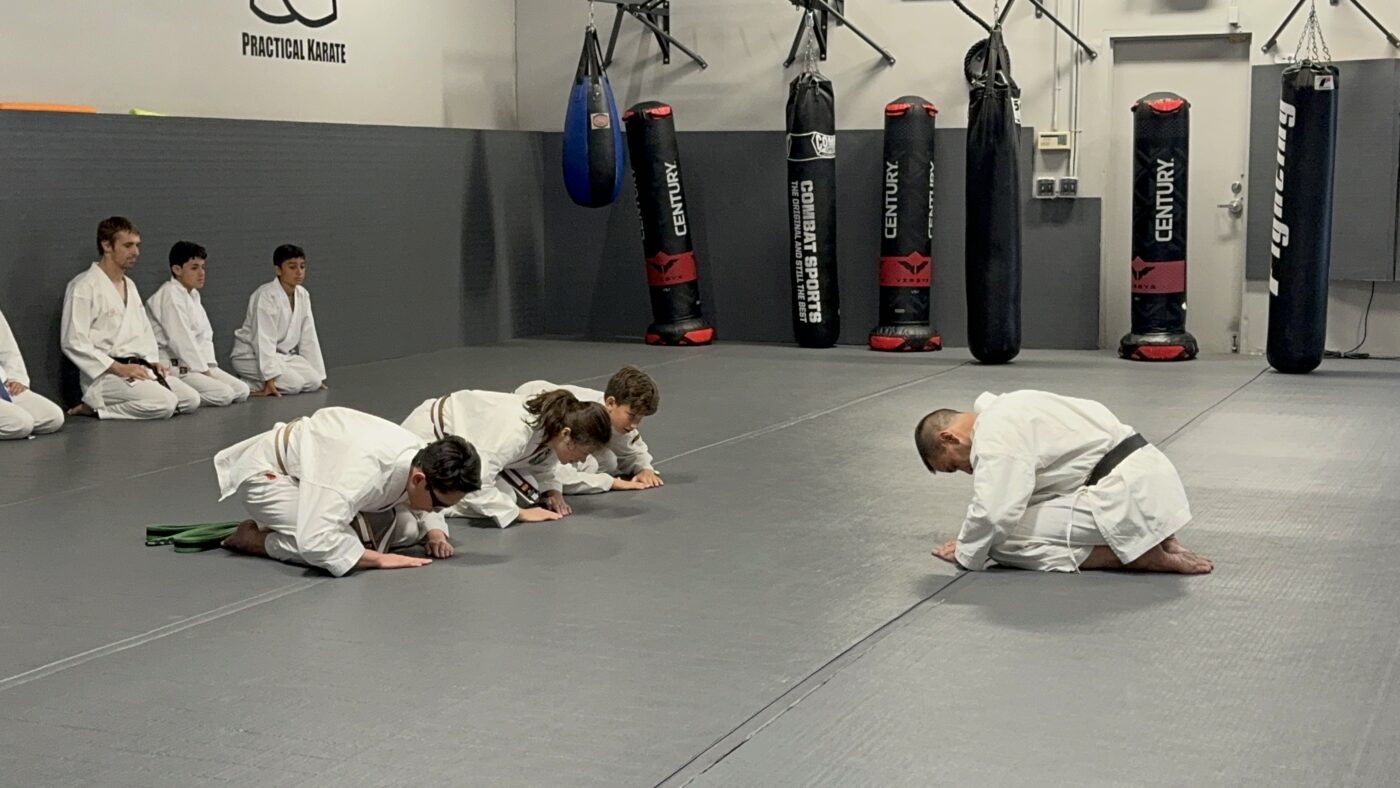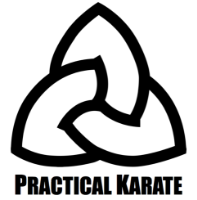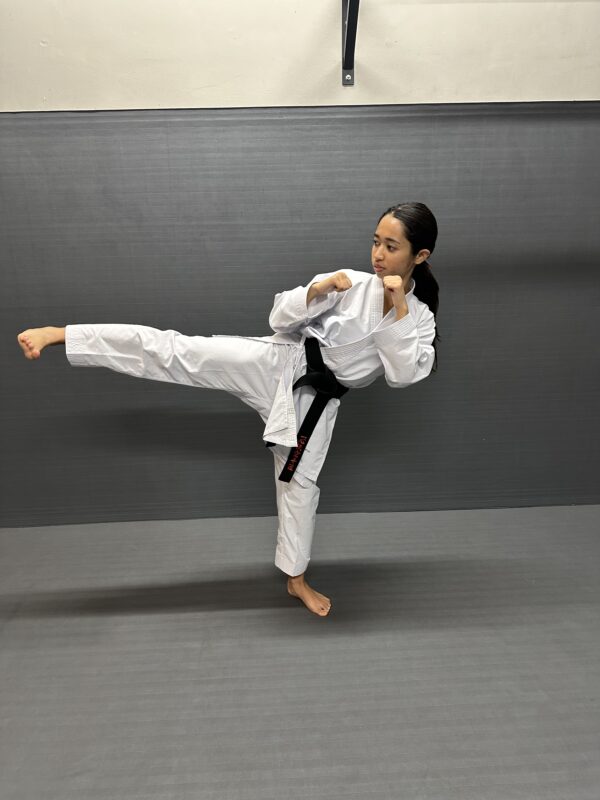Martial Arts
How A Martial Arts Skill Is Acquired: The Power of Frequency, Duration, and Intensity in Practice
Featuring insights from Robert Greene’s “Mastery”
A martial arts skill acquisition is not the result of raw talent, nor is it something that appears overnight. It is the product of a deliberate, sustained process grounded in three essential elements: frequency, duration, and intensity of practice. In his seminal work, Mastery, author Robert Greene dissects the lives and paths of great historical and contemporary masters, revealing how they developed exceptional skills not through shortcuts but through unwavering commitment to learning and growth.
“The time that leads to mastery is dependent on the intensity of our focus.” — Robert Greene, Mastery
This quote captures the essence of Greene’s message: mastery is not a mystical gift it is a choice. The level of attention, effort, and energy you bring to your practice, along with how often and how long you engage in it, are the key variables that define your progress.
Frequency: Practice Often or Lose Momentum
Frequency refers to how often you practice a skill. Repetition is the foundation upon which familiarity and competence are built. Greene emphasizes the role of constant exposure and daily effort in the development of any craft. Whether it’s playing an instrument, learning a martial art, or mastering a professional trade, consistent, regular engagement accelerates the process of internalization.
“What separates masters from others is often something surprisingly simple. Whenever we learn a skill, we frequently reach a point of frustration what we are learning seems beyond our capabilities.” — Robert Greene, Mastery
This point of frustration, which every learner encounters, is more easily overcome when the learner is immersed in the practice regularly. Practicing once a week might help you retain the skill, but practicing daily pushes you to breakthroughs. Daily repetition not only strengthens muscle memory or cognitive recall it also reaffirms your commitment to learning. The more often you practice, the more you normalize the discomfort that comes with challenge, and the faster you progress.
Duration: Time is the True Investment
Closely tied to frequency is duration, the length of time dedicated to each practice session and the total span over which one commits to the process. Greene repeatedly emphasizes the importance of long-term dedication in achieving mastery.
“The future belongs to those who learn more skills and combine them in creative ways.” — Robert Greene, Mastery
Combining skills effectively only happens when each skill has been studied deeply enough to become a part of you. Greene highlights how figures like Leonardo da Vinci and Charles Darwin spent years, even decades, observing, experimenting, and refining their approach. Duration is not only about the number of hours per session but also about the accumulated time over a lifetime of practice.
The much-discussed “10,000-Hour Rule” popularized by Malcolm Gladwell (based on research by Anders Ericsson) is echoed in Greene’s work, not as a rigid standard but as a general benchmark. The real message is this: if you want to acquire real skill, you must be prepared to devote a significant portion of your life to it. There are no quick wins only sustained effort.

Intensity: Focus and Engagement Multiply Results
Intensity is often overlooked in conversations about practice. It’s not just about how long or how often you train it’s about how you train. Intensity is the mental and emotional energy brought into the practice session. Greene writes:
“The key to success is to maintain a constant sense of urgency.” — Robert Greene, Mastery
Intensity doesn’t mean stress or pressure, it means deliberate focus and concentration. It’s the difference between mindless repetition and conscious, engaged action. Masters practice with a heightened awareness. They ask questions, reflect on their performance, isolate weaknesses, and push the edge of their ability in each session.
Focused practice means working at the edge of your comfort zone, where mistakes are frequent but instructive. Greene praises those who can sustain this kind of effort, noting that growth is maximized when you combine effort with insight. It’s not enough to go through the motions; you must strive to improve with each repetition. This is echoed in the learning philosophy known as “deliberate practice,” which is the gold standard in skill acquisition. Deliberate practice is marked by goal-setting, feedback, correction, and repetition all of which are amplified by intensity.
The Apprenticeship Phase: Learning How to Learn
Greene outlines the Apprenticeship Phase as the foundational period in a master’s life. This phase is all about submitting to a process that combines frequency, duration, and intensity to form real ability.
“The passive phase must come first. It is a time of gathering, of observing the world. It is not dead time but a rich period that is building the foundation for the active phase.” — Robert Greene, Mastery
This gathering phase requires time (duration), regular observation and practice (frequency), and deep concentration (intensity). Those who rush through it those who look for hacks or shortcuts end up with brittle, shallow skills that collapse under pressure. Greene stresses that the apprenticeship phase is where your character is tested. You learn to endure repetition, stay humble in the face of complexity, and find joy in small improvements. Your brain and body adapt over time, rewiring themselves to accommodate more sophisticated understanding and performance.
The Emotional Component: Patience and Love for the Craft
Skill development is not just mechanical—it’s emotional. Practicing regularly and with high effort can be draining, especially when progress is slow. That’s why passion and patience must support the frequency, duration, and intensity framework. Greene observes:
“You must see every setback as a learning experience, a means of pushing you along the path to mastery.” — Robert Greene, Mastery
Without emotional resilience, even the most well-designed practice schedule will collapse. Frequency builds habit. Duration builds depth. Intensity builds refinement. But love for the process is what sustains you through the plateaus and the disappointments.
Combining All Three: The Formula for Skill Acquisition
When we look at the lives of people Greene profiles Mozart, Temple Grandin, Paul Graham, Freddie Roach, and many others we see the same pattern emerge: intense, frequent, and long-term engagement in a craft. They did not dabble. They immersed.
To acquire a skill at a high level, ask yourself:
- Am I practicing often enough? (Frequency)
- Am I committing enough total time over the long run? (Duration)
- Am I bringing focus, engagement, and challenge into each session? (Intensity)
- If any of these elements is missing, your progress will be slower and shallower.
Mastery is Earned, Not Given
Robert Greene’s Mastery teaches us that the acquisition of skill is not a mystery. It is a visible, traceable process. Frequency builds habit, duration builds depth, and intensity builds quality. Every master was once a beginner, but they became exceptional not through luck or innate brilliance but through deliberate, focused, and sustained practice.
“The greatest test of courage on the earth is to bear defeat without losing heart.” — Robert Greene, Mastery
To acquire a martial arts skill is to confront frustration, boredom, and doubt and to keep going anyway. Armed with the triad of frequency, duration, and intensity, anyone can walk the path to mastery. It is not easy. But it is possible.


